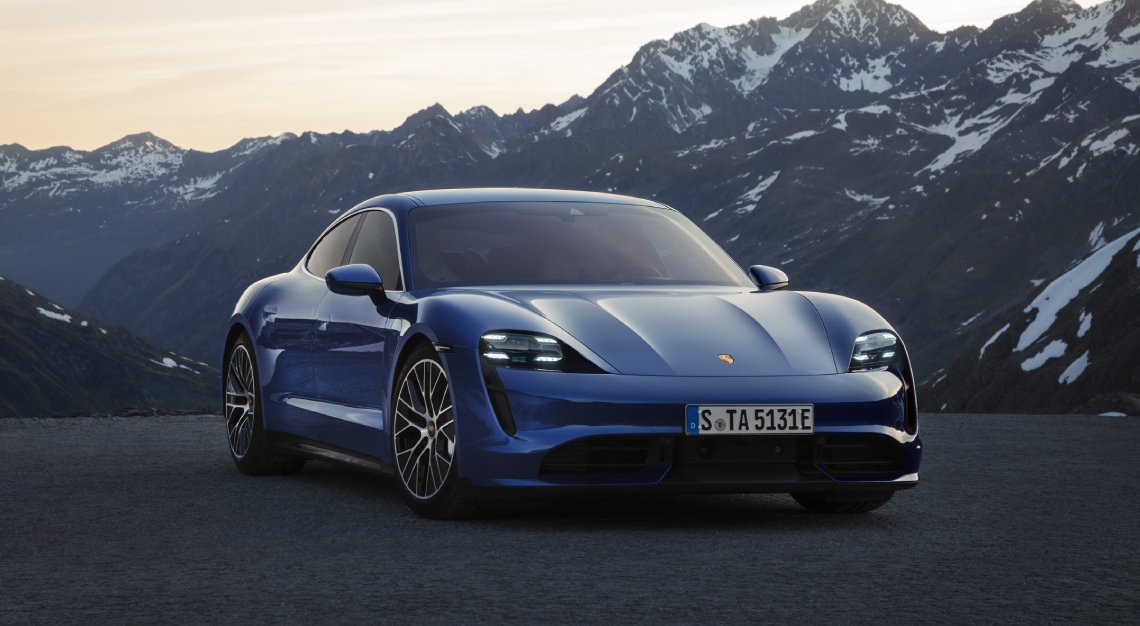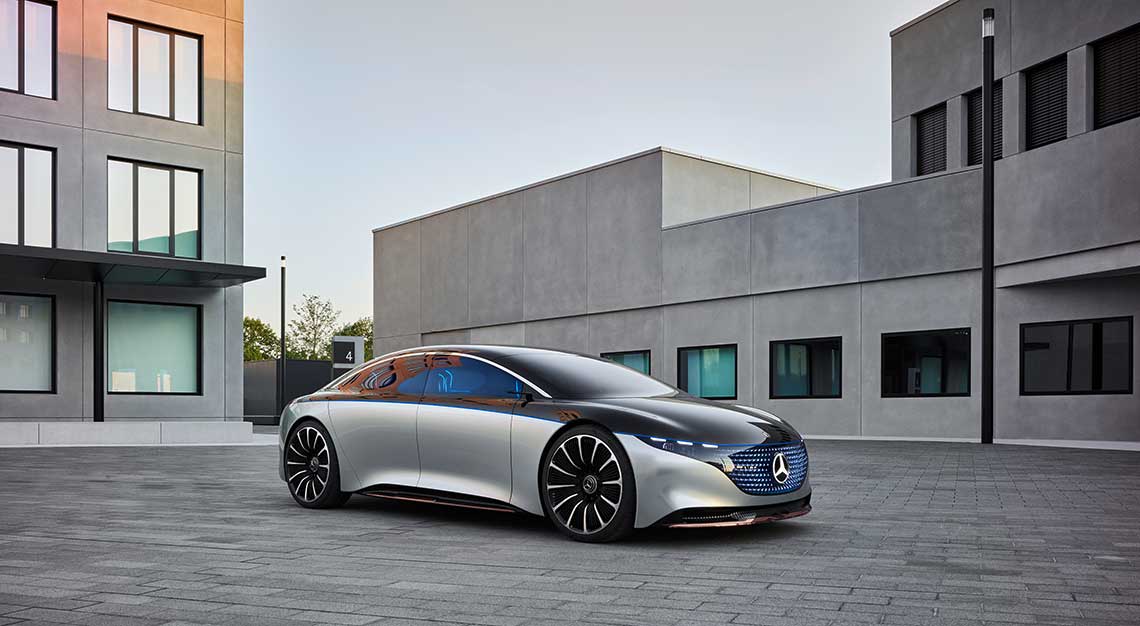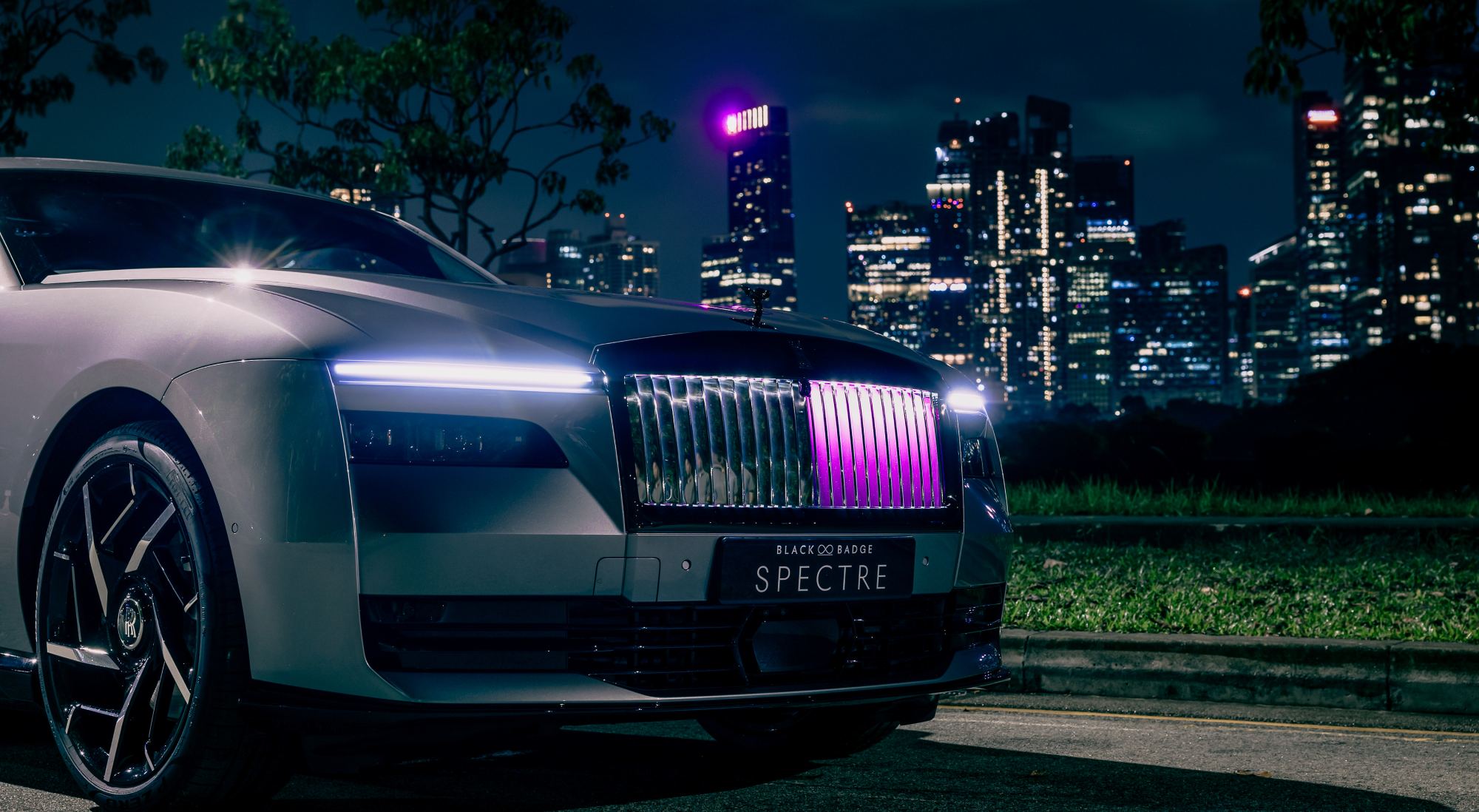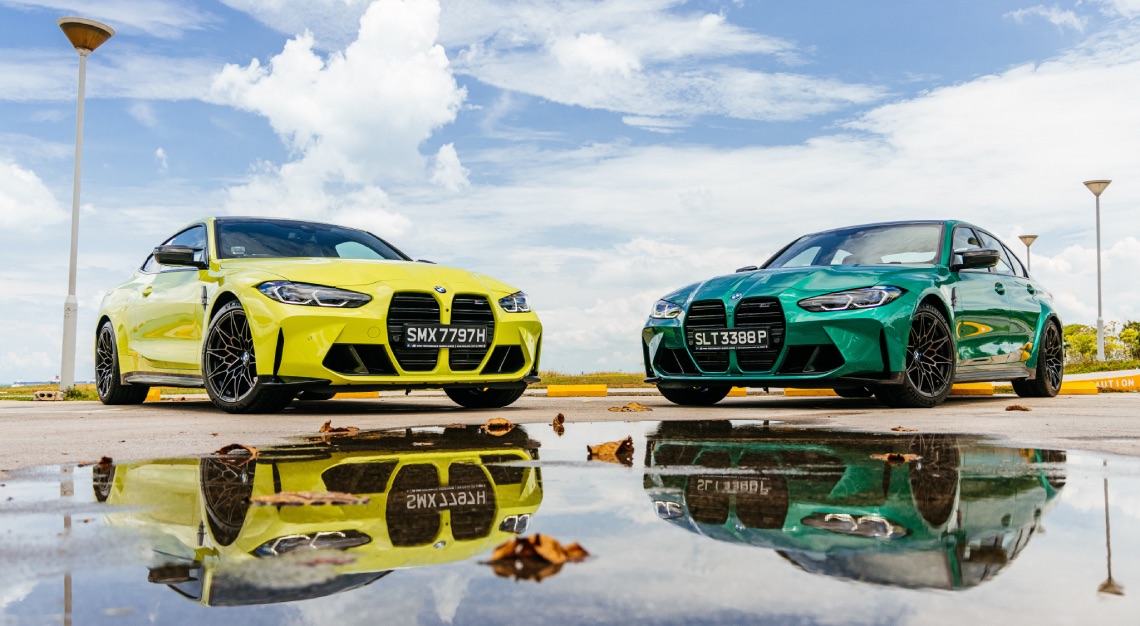The first electric car from Porsche is pretty much as you’d expect – in that it is very, very quick
Tesla owners believe electrification is the future and the transportation industry shouldn’t drain natural resources. Porsche Taycan buyers? That’s not what drives them.
They want repeatable, blistering and uncompromising performance – and it just so happens that the Taycan is electric. We tested two Taycan models, the Turbo and the Turbo S, to see if the marque’s battery-powered salvos hit their intended targets. Slip into the Taycan Turbo and you feel like you’re seated in a 911. This is deliberate, of course, but what’s nothing like the 911 is the tech. The curved driver’s display adds a subtle futuristic touch to the cabin, as do the two centralised touchscreens.
In a surprising simplification, we cycle through the drivetrain options – Range, Normal, Sport, Sport Plus and Individual, found with the Sport Chrono Package – by rotating a dial on the steering wheel.Sport and Sport Plus both afford the full shot of 850Nm of torque, but the accompanying lurch gets a mite tiresome in a busy city like say, Copenhagen.
The jerkiness evaporates in Range and Normal modes, which prove the best options for stop-and-go traffic or low-speed cruising, although they both still offer a startling amount of power. On the back roads, we pop back into Sport Plus to feel the Taycan hunker down as the adaptive air suspension stiffens up.
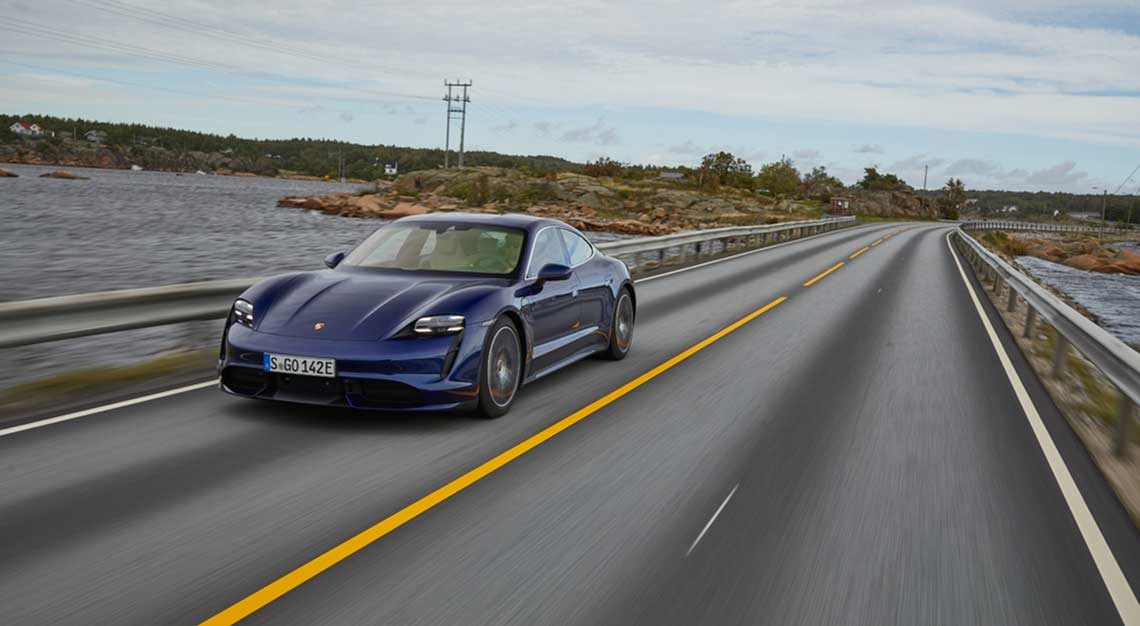
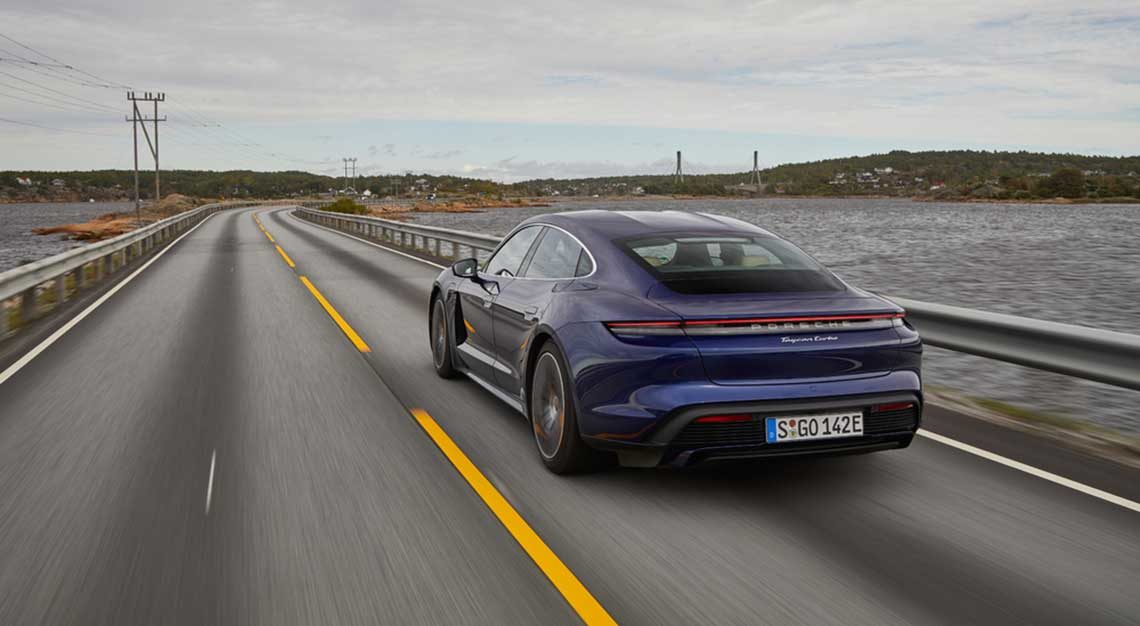
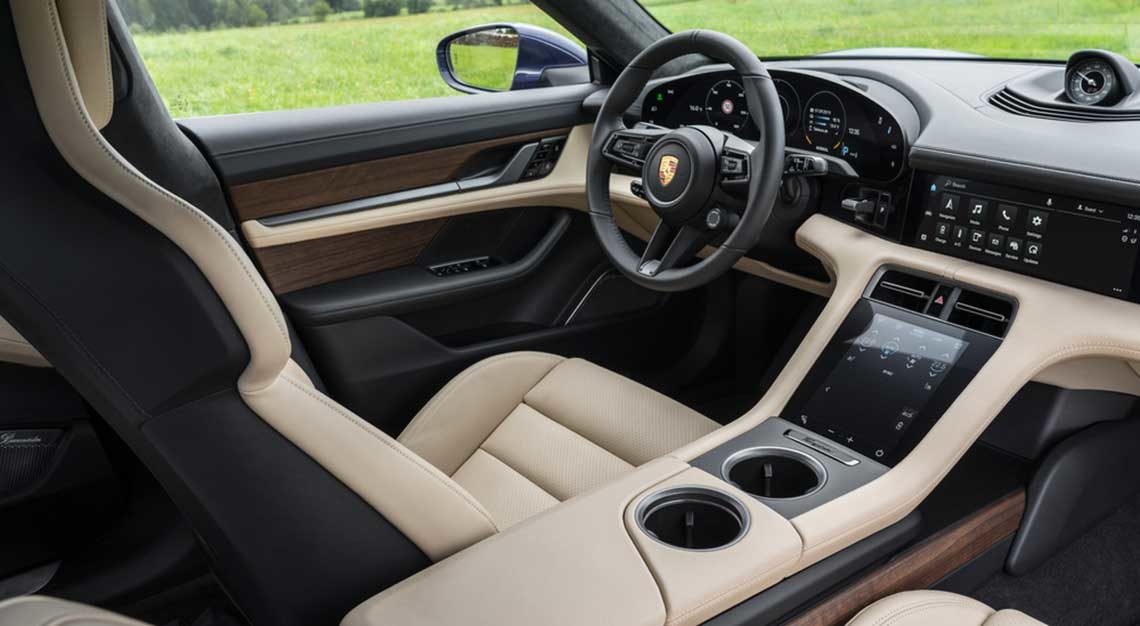
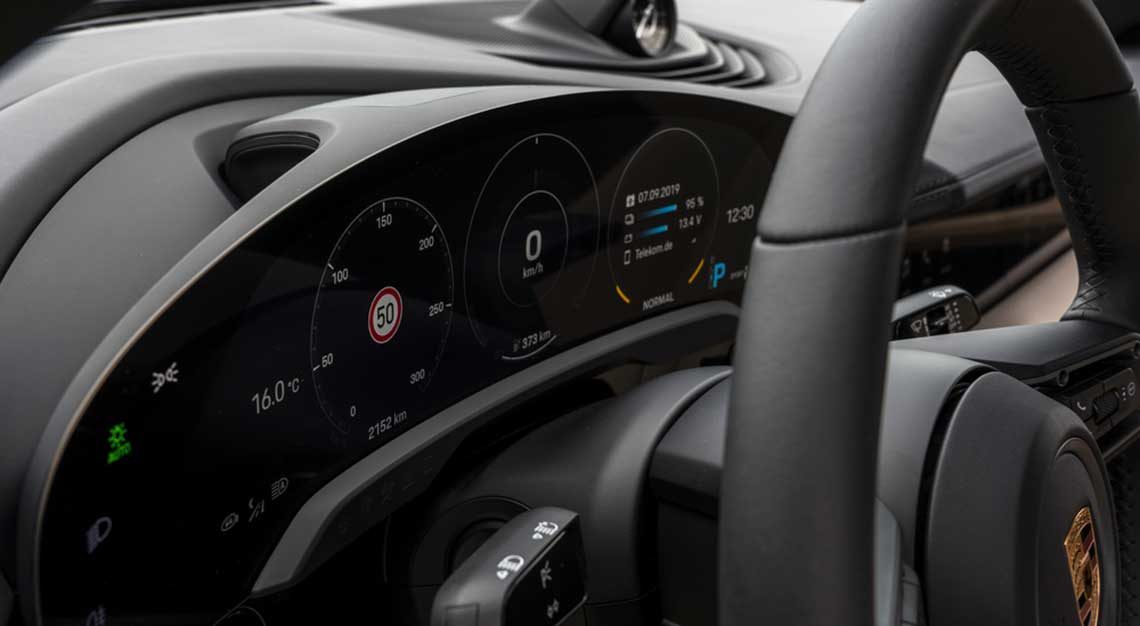
The torque curve is linear, and the Turbo will continue to accelerate at an alarming rate for as long as you’ve got asphalt. We hit Launch Control and get a gut punch on the tear to 100 km/hr in 3.2 seconds, eventually hitting 200 km/hr in 10.6 seconds.
Chuck the Taycan into a turn and you’ll feel the 2.3-tonne sedan’s largesse, but its nimbleness belies the heft. It cuts far better than it has a right to, affording solid feedback from the wheel the whole time. It’ll dance through tighter exchanges with more ease if you’ve chosen the rear-axle steering option, a feature that comes standard on the Turbo S.
The chassis contains two synchronous electric motors, one mounted on each axle, that are fed by a 93.4 kWh lithium-ion battery pack.
While the Taycan features an all-wheel-drive configuration, power can be biased toward either axle depending on the drive mode. A two-speed transmission adjoined to the larger rear motor is a pure bid for maximum acceleration. While the overboost function on the Turbo will get you up to 670hp, the Turbo S ratchets that up to 750hp, complemented by 1,050Nm of torque.
On Germany’s Autobahn, we rip to 100 km/hr in 2.8 seconds and hit the top speed of 260km/h in no time at all.We hammer the Turbo and the Turbo S for just under 500km each day, and both vehicles require only about a 25-minute charge to go from under 10 per cent to 80 per cent, thanks to the 800-volt technology and a 270-kW charger.
The reported range tops out at around 450km. Porsche set out to build an exemplary performance car on an electric platform, instead of an electric car that has impressive performance. If the Taycan is the jump-off point for Porsche’s foray into electrification, we’re eager to see how far the marque can push it.
